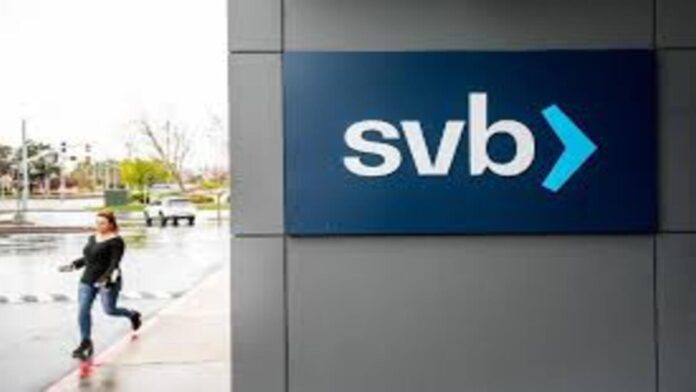On Sunday, US authorities revealed broad measures to fully recover depositors’ funds from the failed Silicon Valley Bank and to pledge assistance to other institutions in meeting customer needs. They also announced the closure of a second tech-friendly bank.
Financial institutions, including the US Treasury, stated in a joint release that SVB depositors would have access to “all of their money” as of Monday, March 13, and that American taxpayers would not be responsible for the cost.
The Federal Deposit Insurance Corporation (FDIC), the US Federal Reserve, and the Treasury announced that depositors in Signature Bank, a regional-sized lender with a large cryptocurrency exposure based in New York that was shut down on Sunday after its stock price crashed, would also be “made whole.”
Another potentially significant development was the Fed’s announcement that it would provide banks with additional financing to help them meet depositor requirements, including withdrawals.
The agencies said in a joint statement, “We are taking decisive actions to safeguard the US economy by enhancing public confidence in our banking system.
A large part of the reason why “the US banking system remains resilient and on a solid foundation” is because of the reforms made following the 2008 financial crisis that added new safeguards for the banking sector.
“Those changes, along with the ones we’ve made today, show our dedication to making the necessary preparations to protect depositors’ savings.”
Deposits are only covered by the FDIC up to a maximum of $250,000 per customer and per bank.
However, if failing to do so would present systemic risks, federal banking law would permit the FDIC to safeguard uninsured deposits, according to the Washington Post.
SVB, a significant lender to startups across the United States since the 1980s, was taken over by regulators on Friday after a massive run on accounts rendered the medium-sized bank unable to survive on its own.
Before Sunday’s joint announcement, Treasury Secretary Janet Yellen stated that the government had decided against a bailout because it wished to prevent financial “contagion” from the collapse of SVB.
Officials from the three agencies scrambled to come up with a plan just hours before Asian financial markets opened, as the survival of the bank and its enormous amount of deposits were in jeopardy.
The US government wished to “make sure that the problems that exist at one bank do not create contagion to others that are sound,” according to Yellen, who spoke to CBS.
She continued by saying that the government and the FDIC were collaborating to find a “solution” to the issue at SVB, where about 96% of deposits are not protected by the FDIC’s reimbursement promise.
After SVB revealed the extent of its problems the previous day, investors punished the banking industry as a whole on Thursday. However, by Friday, shares in some bigger banks had posted gains.
Regional lenders continued to face pressure despite efforts by US authorities to reassure the financial markets.
They included the First Republic Bank, which fell by almost 30% over the course of two sessions on Thursday and Friday, and the Signature Bank, whose worth had dropped by a third since Wednesday evening and which had been closed down on Sunday.
Tokyo stocks started lower on Monday amid worries from abroad, with the benchmark Nikkei 225 index declining by 0.92 percent.
Since Friday, there have been bailout requests from the financial and technology industries.
Yellen stated that the government was not taking this choice for SVB into consideration due to reforms made following the 2008 financial crisis.
“Investors and owners of systemic large banks were bailed out during the financial crisis, and the reforms that have been put in place means that we’re not going to do that again,” she said.
The agencies stressed that shareholders and some unsecured debtholders will not be protected and that senior management has been removed in their joint statement on the most recent bank woes and attempts to protect depositors of SBV and Signature.
After Lehman Brothers’ failure in 2008 and the ensuing financial crisis, US regulators mandated that major banks maintain extra capital in case of trouble.
Authorities in the US and Europe also regularly conduct “stress tests” to find weaknesses at the biggest institutions.
The collapse of SVB symbolizes not only the second-largest failure of a US retail bank after the failure of Washington Mutual in 2008.
At the end of 2022, SVB, a little-known US bank that specialized in funding startups, had $209 billion in assets and roughly $175.4 billion in deposits, making it the 16th biggest US bank by assets.
Many people were concerned about the potential consequences of the company’s demise because the company had previously boasted that “nearly half” of technology and life science firms with US funding banked with them.




